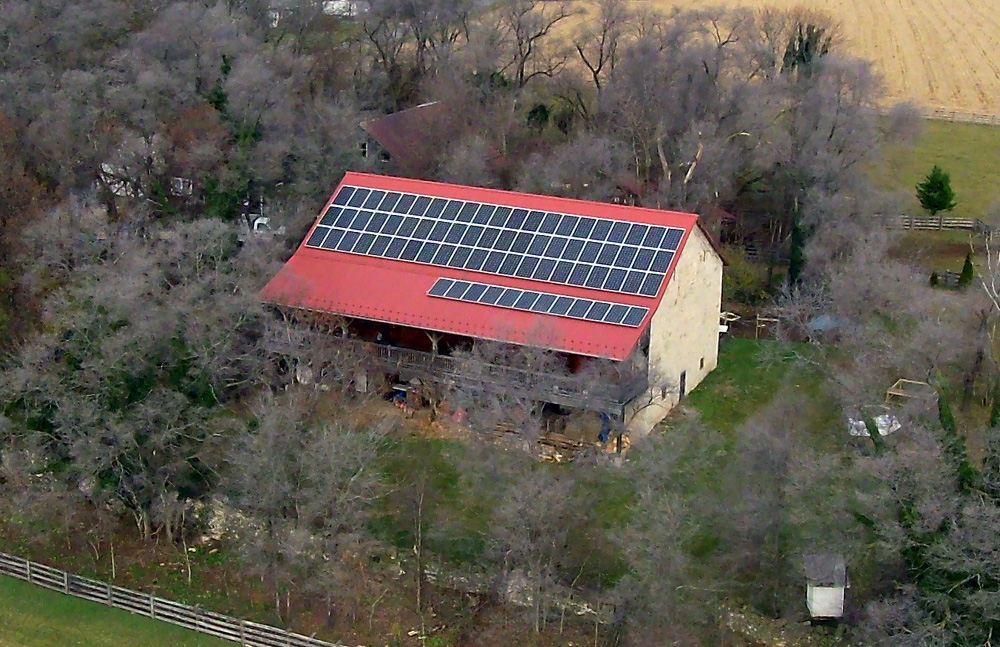 Sustainable farming has been growing in popularity for many years now, and solar powered farming is the next major step. Solar on the farm has great potential to reduce or eliminate electricity bills, directly adding to the bottom line. In other cases, an off-grid solar installation can provide power where it’s not feasible to run utility lines. Since costs are no longer prohibitive, now is a great time to consider going solar.
Sustainable farming has been growing in popularity for many years now, and solar powered farming is the next major step. Solar on the farm has great potential to reduce or eliminate electricity bills, directly adding to the bottom line. In other cases, an off-grid solar installation can provide power where it’s not feasible to run utility lines. Since costs are no longer prohibitive, now is a great time to consider going solar.
Solar energy costs are decreasing
For years now, there has been a growing trend to utilize renewable energy in many different industries, and agriculture is certainly no exception. The use of renewable energy on the farm dates back centuries, with wind mills for water pumping and water wheels for running processing machines. Now the use of solar power on farms is beginning to become more prevalent. This trend is increasing largely because of the falling costs of solar energy and the many benefits that solar affords a farm running on thin margins.
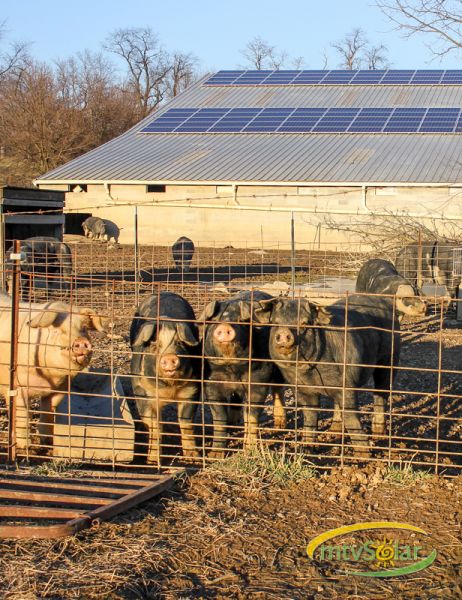 According to research data from the Solar Energy Industries Association, the solar industry has been growing at a rate of 54% per year. There are now nearly 2 million solar installations in the United States, compared to 1 million in 2016. As a result, solar energy’s share of electrical generation on the U.S. grid is about 20 times greater than it was eight years ago. Even more importantly, installation costs have fallen by over 70% since 2010.
According to research data from the Solar Energy Industries Association, the solar industry has been growing at a rate of 54% per year. There are now nearly 2 million solar installations in the United States, compared to 1 million in 2016. As a result, solar energy’s share of electrical generation on the U.S. grid is about 20 times greater than it was eight years ago. Even more importantly, installation costs have fallen by over 70% since 2010.
In addition to the drop in solar panel costs, storage of solar energy is also becoming more affordable. In previous years, batteries for storing energy were very expensive, but battery technology advancements and the growth of the lithium-ion battery industry has made this much more affordable as well. The rapid fall in cost is good reason to view solar as both a way to reduce energy bills and to potentially provide remote power on the farm.
Government subsidy programs
Farmers may hesitate to consider solar power because they aren’t sure if they’ll get a positive return on their investment. The initial cost might seem prohibitive, but there are state and federal programs that farmers can take advantage of to subsidize these costs.
For example, farm owners can take advantage of the Rural Energy for America Program (REAP). This federal program provides up to 25% in grants or 75% in loans and grants combined for solar installation costs up to a half million dollars. In addition, there is the federal Investment Tax Credit, which yields a 30% tax credit thru 2019, tapering off over the following years. Last, solar on a commercial farm can benefit from the 100% Advanced Depreciation MACRS deduction.
Solar can be used in many ways on the farm
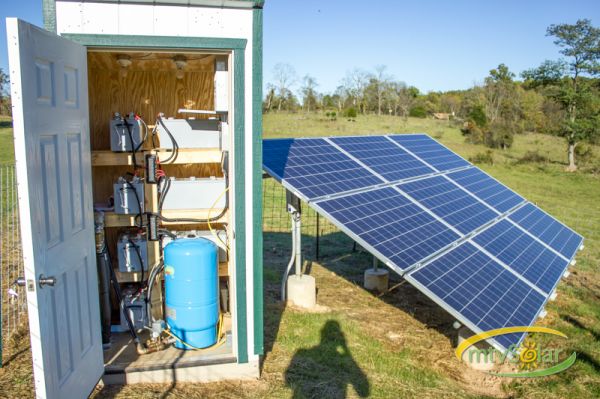 Solar power can be used for all the essential parts of a farm. It provides energy for livestock structures, including poultry barns, horse stables and large livestock housing. Solar can also be used to power irrigation systems and electric fences so livestock won’t wander off. It’s important to keep livestock out of streams because they erode stream banks and pollute the water. Keeping them out of streams also keeps them clean and dry and prevents foot and leg injuries.
Solar power can be used for all the essential parts of a farm. It provides energy for livestock structures, including poultry barns, horse stables and large livestock housing. Solar can also be used to power irrigation systems and electric fences so livestock won’t wander off. It’s important to keep livestock out of streams because they erode stream banks and pollute the water. Keeping them out of streams also keeps them clean and dry and prevents foot and leg injuries.
In addition to directly farm related uses, you can install solar panels on the roof of your farmhouse to provide all the energy needs for you and your family. A reputable solar company such as mtvSolar can provide a total solution that allows your home and farm to operate completely free of energy costs. Even if you’re not powered completely independent of the grid, a solar energy system can act as a power backup system for critical loads to prevent untimely or catastrophic system failures that could harm your business. For example, a solar+battery backup system can keep freezers operating and avoid the loss of costly stored product during an extended power outage.
 An additional cash crop
An additional cash crop
As a farmer, you’re concerned with harvesting crops and raising livestock, but you should also consider harvesting sunlight. A farm with its vast areas of land is the ideal type of enterprise to branch into the renewable energy business.
In some states, you may have the option of installing your own solar array on unused land in order to sell energy to the grid, or, if you’re not too far from an electrical substation, you might be able to rent some land to a large-scale commercial solar developer. Land rental to solar developers can bring in up to $1,500 per acre per year.
There are also new technologies being developed that enable farmers to install solar arrays above crops, which could provide a large source of additional income for already productive land. As a cash crop, solar energy can have an advantage over food crops because they’re not dependent on the quality of the soil or weather conditions like rainfall or heat.
Improving the environment and public health
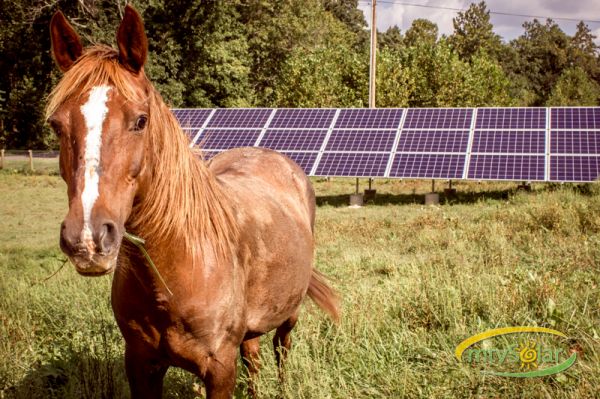 Solar energy is a clean, renewable source of power that is one of humanity’s best hopes to slow climate change. The light of the sun is free and it’s the most abundant energy source available. If we could capture all the energy that the sun shines on the Earth in one hour, it would power the whole world for a year. Also, scientists have been aware for decades that the supply of fossil fuels will not last forever. Where sunlight is concerned, there is no need to worry about depletion.
Solar energy is a clean, renewable source of power that is one of humanity’s best hopes to slow climate change. The light of the sun is free and it’s the most abundant energy source available. If we could capture all the energy that the sun shines on the Earth in one hour, it would power the whole world for a year. Also, scientists have been aware for decades that the supply of fossil fuels will not last forever. Where sunlight is concerned, there is no need to worry about depletion.
Most of the electrical power in the United States comes from burning coal and natural gas, which pumps tons of harmful pollutants into the air. As farms and other industries go solar, it reduces the demand for fossil fuels and decreases greenhouse gas emissions. Today’s solar power systems are eliminating more than 74 million metric tons of carbon emissions per year. This is equivalent to 1.9 billion trees or taking nearly 16 million vehicles off the road.
Another benefit of solar energy is it reduces air pollution. As renewable energy continues to replace dirty sources of power production, chemicals such as sulfur dioxide, nitrous oxide and harmful particles will be removed from the air. This will reduce the number of health problems such as bronchitis and cardiovascular disease, and also make rainfall better for crops.
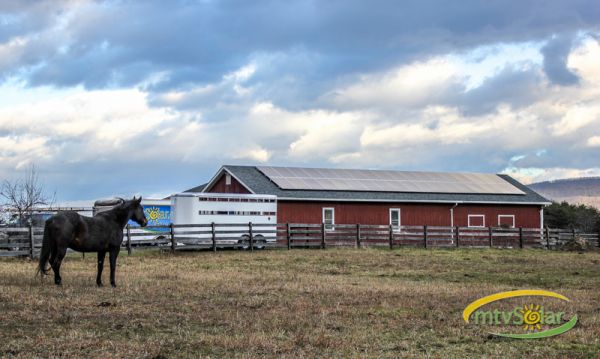 Solar energy systems reduce the need for water in producing electricity. This is important to help areas cope with drought conditions. According to the National Renewable Energy Laboratory, traditional power generating systems use over 4.6 gallons of water per kilowatt-hour, while solar uses only .03 gallons. Less water used for energy means more water available for irrigation.
Solar energy systems reduce the need for water in producing electricity. This is important to help areas cope with drought conditions. According to the National Renewable Energy Laboratory, traditional power generating systems use over 4.6 gallons of water per kilowatt-hour, while solar uses only .03 gallons. Less water used for energy means more water available for irrigation.
Improving your farm’s profitability while helping to solve the climate change crisis is a win-win scenario. If you’re interested in learning how your farm can become both more environmentally friendly and more cost-effective with solar power, contact us at mtvSolar now.
We’re West Virginia’s original and most experienced solar installation company with substantial agricultural solar experience. Our zero-pressure sales team will explain all your financial options and supply a free estimate for your farm. mtvSolar services West Virginia, Virginia, Maryland and Pennsylvania.

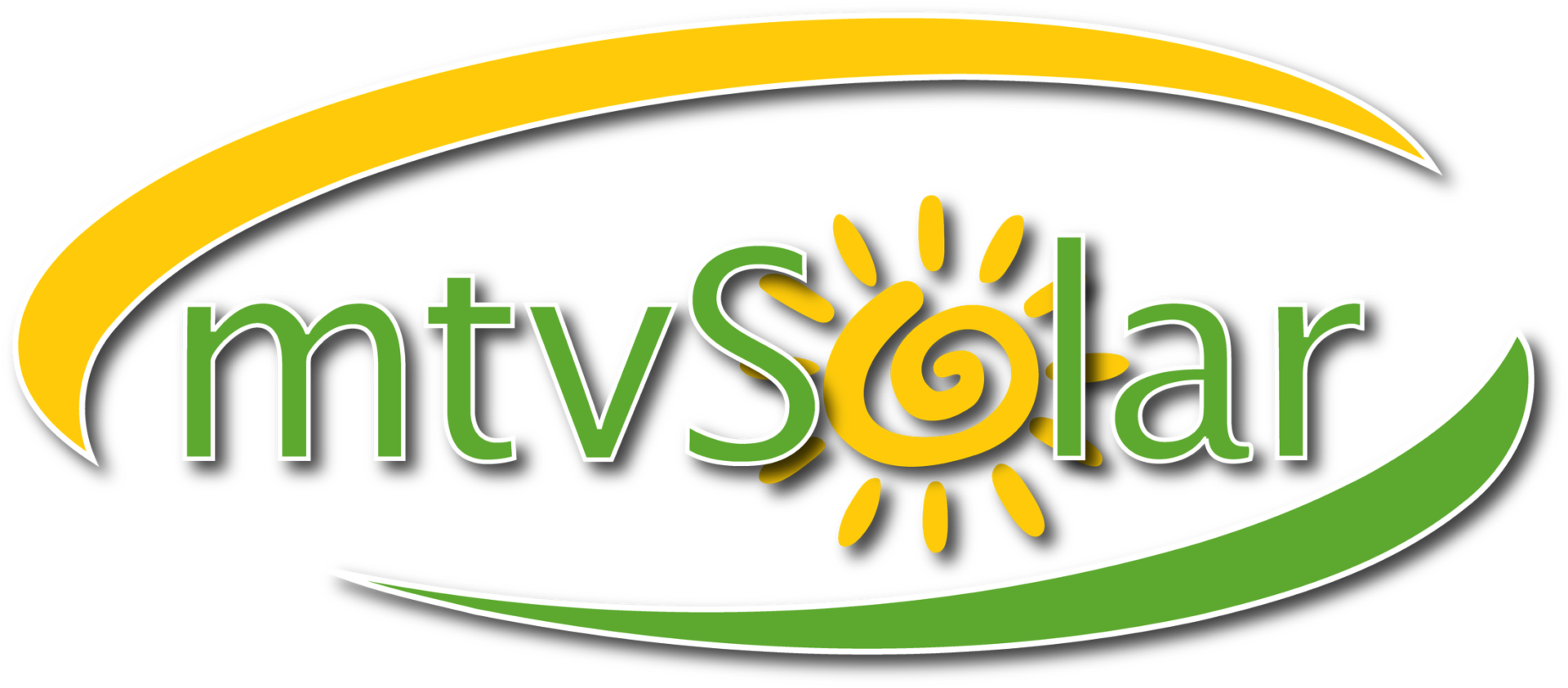
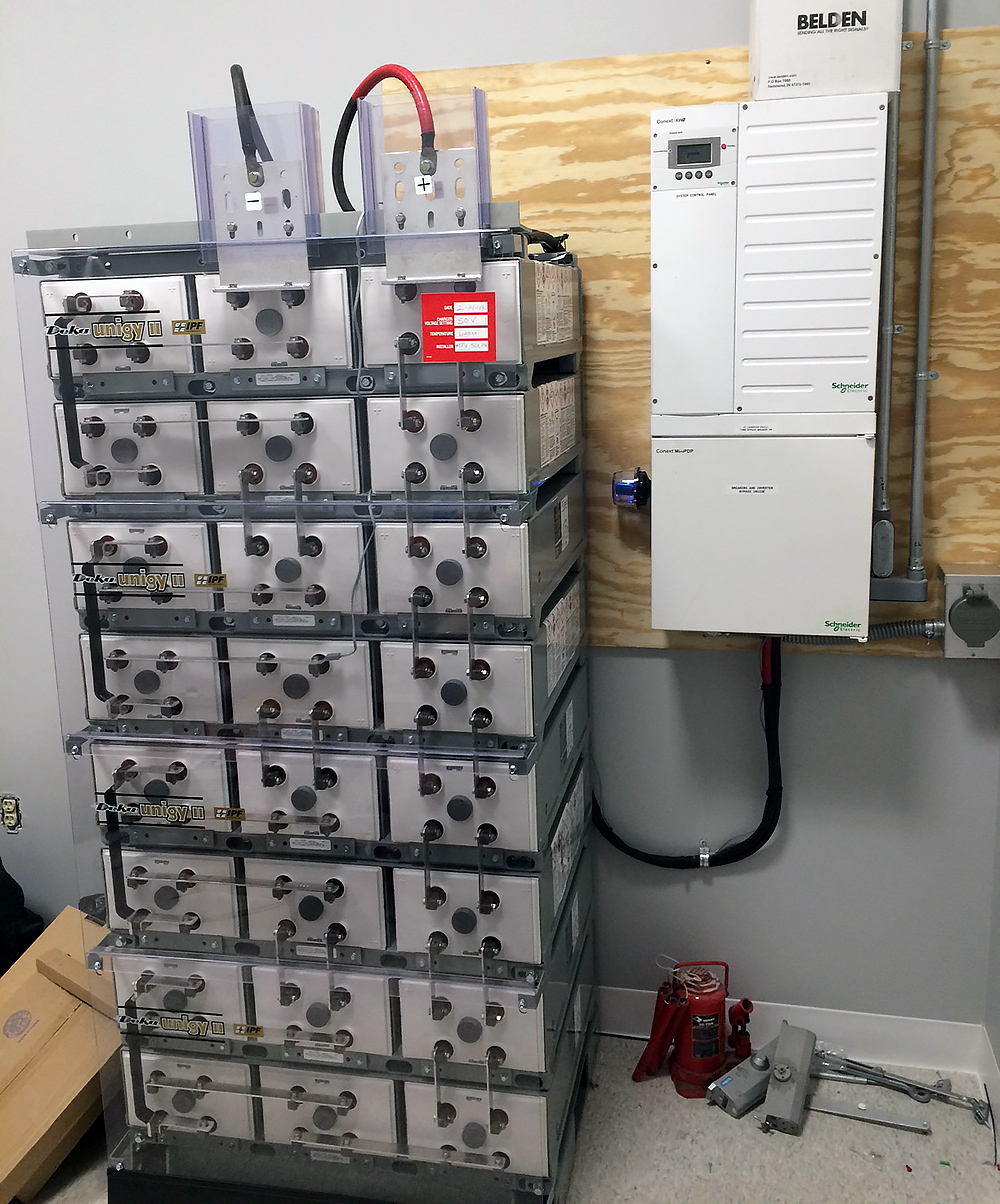 An additional cash crop
An additional cash crop